A bone to pick: Local dog park etiquette and safety
Pets. When it comes to conflict at local dog parks, people are more likely than the dogs to be the problem.
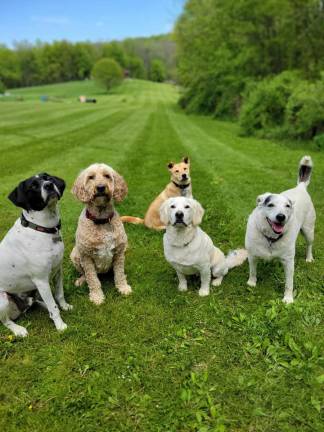

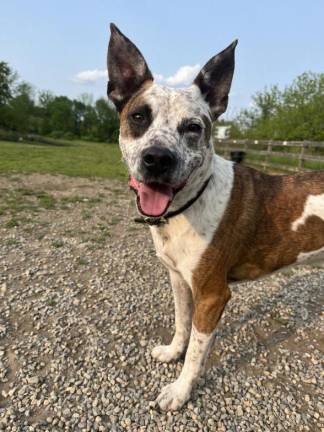
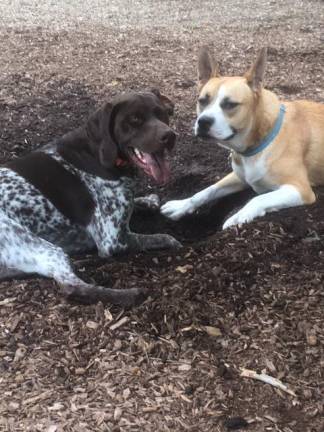
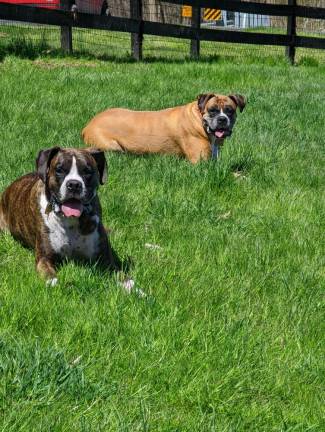
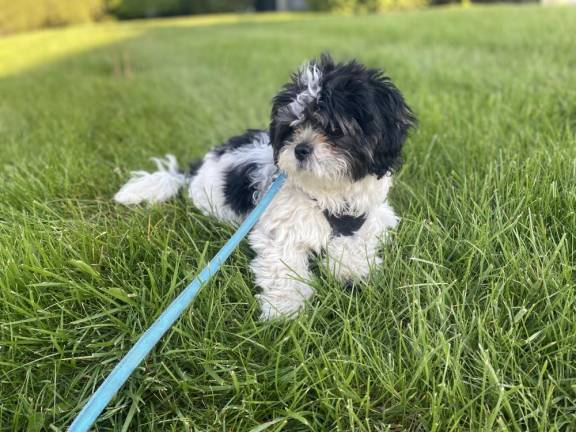
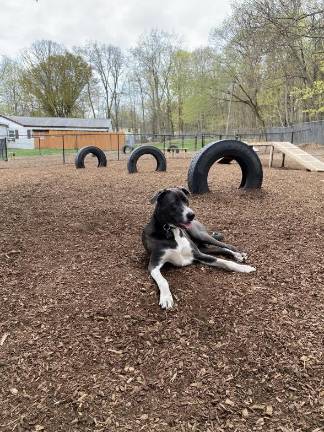
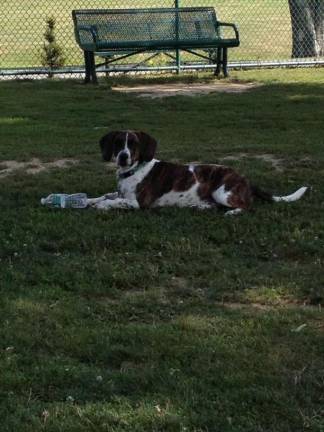
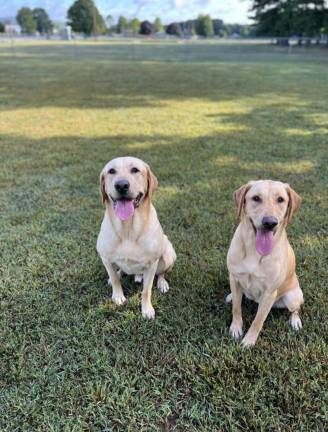
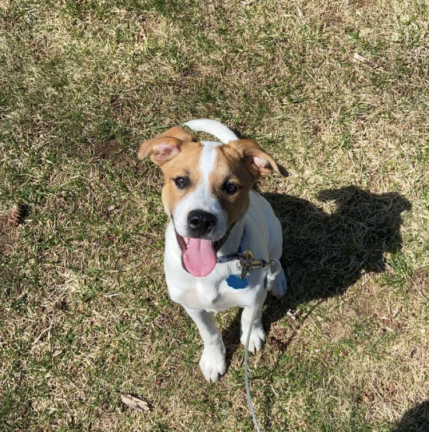
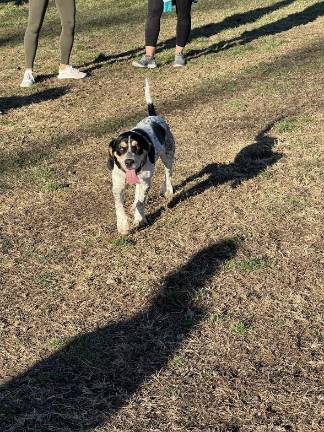

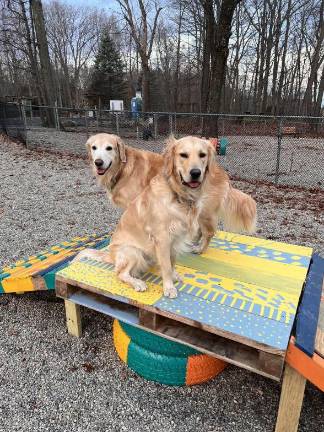
Forty-four percent of Americans are dog owners, according to the American Veterinary Medical Association.
“You can make a comparison of all the folks in your community that participate in softball, they participate in swimming pools, they participate in soccer leagues; chances are, you put all of those numbers together, and you’re still going to have more dog owners,” said Marilynn Glasser, a Parks and Recreation administrator and college professor who started her own dog park consulting firm in retirement. “Dog parks are added attractions in a community that really cater to a large, very legitimate constituency.”
Since 2009, there as been a 40% increase in dog parks nationwide. But like pineapple on pizza, they tend to be something people either love or hate. One local vet declined to be interviewed for this story because of the strong, varying opinions of dog owners.
When we asked readers to submit photos of their pups at dog parks to run alongside this article, we received a dozen photos of pets in their grassy playgrounds.
We also got an email from the opposition: “I don’t have any photos of my dogs at dog parks because I personally do not like them. All too often you see owners who don’t understand dog behavior, reacting inappropriately to situations. This can lead to injury, trauma or death,” wrote Lauren Roberti. “I’ve witnessed people completely overreact to already negative energy confrontations with high pitched, raised voices and waving hands. A recipe for disaster.”
People problems
Glasser, who has helped dozens of municipalities up and down the East Coast build dog parks that emphasize safety, said that “nine times out of ten, if there’s a problem in a dog park, it’s going to be related to the owners.”
The Village of Goshen Police Department knows it; officers answer a call to the local dog park about once a month. The complaints range from bites to pets running wild.
But more often than not, Police Chief James Watt said, dogs aren’t the ones starting the problems.
“I would say it’s probably more people issues,” he said. “And then even sometimes, the dog issues are people issues because they’re letting their dogs [behave] out of control.”
On April 11, for example, officers Brandon Raab and Tyler Gennarelli were dispatched to the Goshen Dog Park in response to a dispute between two owners.
One, Kayla Rae Marks, was using the park with her two dogs when another, Melanie Alfonso, arrived and attempted to enter the park with her dog.
Marks then asked Alfonso not to enter the park.
“Marks advised that she was trying to use the park alone so there were no issues between her dogs and other dogs,” according to the police report. “Both Marks and Alfonso stated that they had a verbal argument over use of the park. Then they both decided to call the police.”
Ultimately, the officers told Marks that the park is public and allowed to be used by all; she chose to leave at that time.
Dogs will be dogs
Local vets and Glasser agree: if you have a dog that is known to be aggressive with other dogs or other people, do not bring it to the park.
Branchville Country Veterinary Clinic’s Dr. Sherri Talbot-Valerio said her clinic sees dog park injuries “once in a while.” Dr. Ted Spinks, of The Animal Hospital of Sussex County, estimated that his team sees one injury every six months.
“We have some clients and some patients that love it. They go every day, and it’s great for the dog because they get to interact, they get that socialization, they get to blow off steam, they get to exercise and they get to do what dogs do: they run around and explore in a pack. So in certain instances, it’s great,” added Talbot-Valerio. “In other instances, we have people that their dog has been in a fight at the dog park because either somebody brought an aggressive dog in or a dog that’s not socialized and then the interactions happen and dogs will be dogs and then they will behave like dogs.”
Both Spinks and Talbot-Valerio recommend socializing dogs from the time they are puppies. For those who adopt older dogs, Talbot-Valerio recommends sending dogs to an obedience class, or contacting a trainer to evaluate your pet for socialization, before heading to the dog park.
Etiquette meets safety
Glasser recommends dog owners, too, should check their behavior before entering the park.
“There’s the basic rules of dog parks, and that’s pretty straightforward,” such as leaving aggressive dogs at home and cleaning up after your pet, said Glasser. “But then there’s the way people need to behave in a dog park, and that’s a whole different thing.”
Glasser recommends the following owner etiquette tips to keep the parks safer, and more pleasant, for everyone:
• Don’t tell someone else what to do with their dog.
• Don’t try to discipline another dog.
• Don’t bring young children into the park; parents will monitor children over their dogs.
• Keep your eyes on your dog; don’t sit on the bench with a book, or scrolling on your phone.
• If a person feels someone else’s dog is doing something “truly inappropriate,” then they should discuss it and typically one should leave the park. If they can’t come to an agreement, call the number on the posted rules sign for help.
• If you saw a dog go to the bathroom, and its owner didn’t realize, it is completely appropriate to point this out to the owner without that person getting annoyed or angry. The response, Glasser said, should be “thank you.”
• Recognize that dogs play in different ways; it doesn’t mean some dogs play correctly in a dog park and some don’t.
• If you have a dog that barks constantly, do not bring it to the park. A dog that does not stop barking causes other dogs to bark, and “it often gets very confusing and stressful for both the dogs and the people,” said Glasser.
• Do not over dress. Expect to be jumped on, sniffed and to potentially get dirty.
“If you use common sense,” Spinks, of The Animal Hospital of Sussex County, said, “dog parks serve a great function.”